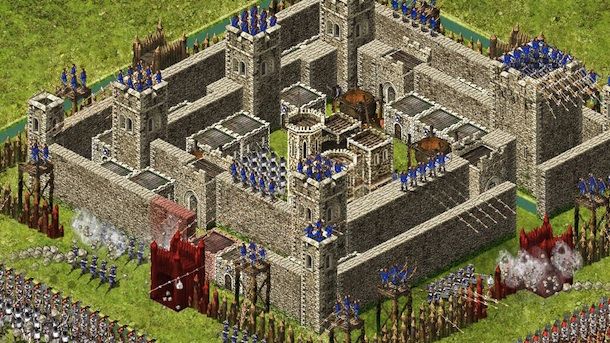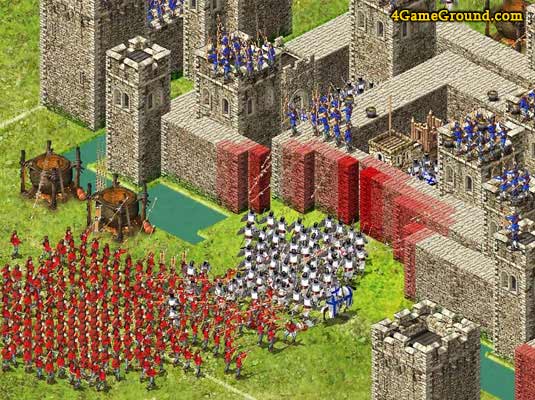

Until recently we didn’t know a lot about the Great Army archaeologically, but that has changed…

He tends to be associated with forming a stronghold in the Anglo-Saxon kingdom of Mercia, though he may have gone off to Ireland at some stage. We think he was another one of the initial leaders that landed in AD 865 and is possibly at this overwintering in AD 873–74.

Ivar the Boneless also features in this story. Illustration of Halfdan, one of the leaders of the Viking Great Army (Photo by Wikimedia Commons) But he moved to Northumbria when the army splits, where he seizes the land of the Northumbrians, and they proceed to plough the earth to support themselves. There is also Halfdan, who is another leader of the Great Army and was also present at the overwintering of AD 873–74. When Alfred demands Guthrum convert to Christianity, Guthrum ends up being baptised with thirty of his fellow warriors and later becomes a king himself. When the army splits in AD 873–74, Guthrum goes to East Anglia and is famously defeated by Alfred the Great at the battle of Edington. Read more | Ragnar Lothbrok – the legend of the immortal Viking and his sons.We know much more about characters such as Guthrum, one of the original leaders of the Great Army, who comes up consistently through the records. There’s one name that comes up in the sources, Ubba, but unfortunately, we don’t know a lot about him. Amongst the growing Great Army, there were some colourful characters who all seem to have had different strategies to assimilate into (or takeover) Anglo-Saxon lands… But we’re also told of an incident, after the army had overwintered at Repton in AD 873–74, when the army splits, and one group heads north and another group heads into East Anglia and then back to Wessex. The Great Army seems to have been joined by other groups during the AD 860s and 870s…Īt one stage, there’s a summer army that joins the Great Army to make it even larger, which provides them with strength in numbers so that they are able to stay over the winter period. There was probably a lot of competition between the different leaders of these different war bands. Each company probably owed their loyalty to the individual leaders who were rewarding them for their service in battle. It’s important to note that, though we call it a Viking army, there were likely other mercenaries amongst the force.

They probably originated in parts of Scandinavia, but as they had been raiding in Ireland and on the continent as well, they likely gathered more warriors as they went. It was a loose association of different warrior groups that were probably related to individual ship’s companies. The Great Army was not a cohesive army in the way that we might expect… Read more | Vikings didn’t wear horned helmets – and 7 more myths debunked.When things became difficult for them on the continent in the AD 860s, as the Carolingian empire became better organised at defeating their armies, they probably saw the chance of better pickings in England. Parts of the army had been raiding in Ireland and in continental Europe during the AD 850s and 860s, and likely heard that there was a lot of infighting between the four main Anglo-Saxon kingdoms of England (Mercia, East Anglia, Northumbria and Wessex).ĭuring their coastal raids, which were almost reconnoitring raids, the Vikings had also seen the wealth that was available in England, particularly in their churches and monasteries. I think what caused this change was that they saw opportunities. The Vikings seized upon chances in hope of finding success…


 0 kommentar(er)
0 kommentar(er)
